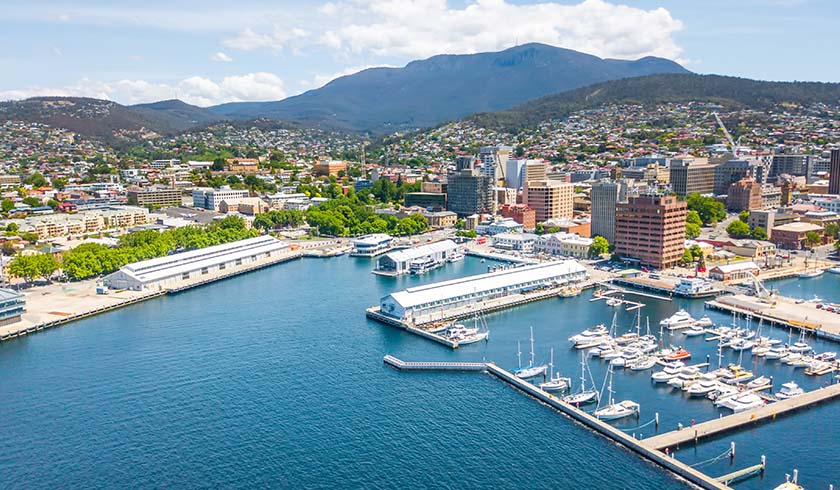Hobart, Canberra drive Australia’s growth as global city markets climb
City housing markets across the world rose by an average of 9.8 per cent in the second quarter of 2021, according to new research, with Hobart and Canberra showing the greatest increase within Australia.

It’s a continuing trend across the 150 countries examined in Knight Frank’s Global Residential Cities Index, which saw city prices up by an average of 7.4 per cent in the first quarter of the year.
To continue reading the rest of this article, please log in.
Create free account to get unlimited news articles and more!
Among the top 20 metropolitan centres currently experiencing the biggest housing market booms were Australian hotspots Hobart, up 24.6 per cent, and Canberra, which saw a 23.5 per cent rise. They now claim the index’s 14th and 15th spots, respectively.
As the report notes, prior predictions for “the death of the city” seem to be a thing of the past.
Canada’s Halifax claimed the top spot in the latest research, with housing prices in the east coast city up 30.8 per cent per annum. According to Knight Frank, 57 of the 150 cities it regularly tracks saw prices rise by 10 per cent or more over the previous 12-month period.
The ten cities with the biggest increases were:
- Halifax (30.8 per cent)
- Izmir (30 per cent)
- Seoul (30 per cent)
- Phoenix (29.3 per cent)
- Moscow (28.8 per cent)
- Hamilton (28 per cent)
- San Diego (27.1 per cent)
- St Petersburg (26.7 per cent)
- Istanbul (26.4 per cent)
- Ottawa Gatineau (25.8 per cent )
A booming housing market in the urban Chinese market has been cooled by the Evergrande crisis, as prices across the country began to come down in Q2 on the cusp of the property developer’s collapse. As recently as two years ago, six cities across the nation had prices rising by at least 10 per cent; now, only Guangzhou falls into that bracket.
Meanwhile, a mortgage-subsidy program in Moscow and St Petersburg propelled the Russian localities into a state of rapid growth, with the two cities maintaining their top 10 ranking from last quarter.
After an extended period of global low-interest rates motivating demand, governments with hot housing markets are expected to begin implementing cooling measures, and Knight Frank anticipates the rankings to undergo radical change in as little as six months’ time.
Australian regulators have already acted to increase the serviceability buffer from 2.5 to 3 per cent to bring down rising debt levels and ultimately slow market growth. More macroeconomic measures are expected to follow.
Norway is the first of the G10 nations to raise interest rates, while New Zealand, the US, and the UK have signalled their intention to follow suit. Canada has promised to introduce a two-year ban on foreign buyers, inspired by measures New Zealand implemented in 2018.
Though the numbers tell a story of ever-increasing housing prices, Knight Frank’s says change is on the horizon.
“Our view is that demand will start to wane as pandemic amassed savings diminish and as monetary policy tightens.”

